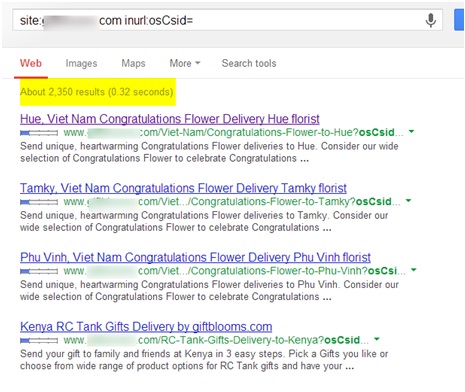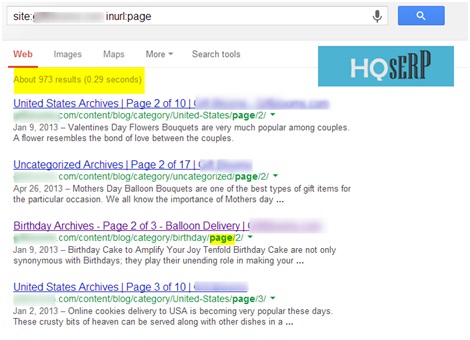Why eCommerce Website Needs Website Structure Optimization?
eCommerce market is a booming like never before. With the recent burst of quality algorithms from Google, eCommerce business has been put in the danger. Google’s continuous mission to provide users an access to quality content has affected the lives of webmasters. In fact, this is the very reason why eCommerce website owners are getting a nightmare. Having worked along with several eCommerce website and the development team, it has enabled me to greatly analyze the flaws present in eCommerce website.
In 2011, Dr. Pete at SEOMoz (now Moz) has provided an excellent guide on “thin content” and how to resolve the same. The same guide also covers True internal duplicate and near duplicated. It has also covered some of the external aspects as well. But what surprised most of us were internal duplicate errors which were generated due to the website structure. The issue is prominent in eCommerce website industry.
Why Structure Optimization is Needed?
Perhaps, the first question that can come to your mind is why someone would need to optimize website structure. The obvious reason is to avoid duplicate content. If you look at the site parameter (site:ecommercesite.com) then you will realize that instead of indexing single copy of the page, Google indexes multiple copies.
Also, eCommerce website owners are tending to track multiple things through tracking which also makes the life harder for them.
For example, how will you solve a very basic question of providing a different description of a WHITE shirt of XYZ brand that comes in various size like M, L, X, XL, XLL etc. Obviously, you will not be able to provide the proper content without duplicating it?
But the most important question is, should you index such parameter in first place?
Hopefully, the above example has given you an ample of idea on what to be done on eCommerce website. Let me give you a live example of an eCommerce site that I came across few days back. Search following in Google
site:giftblooms.com
The website has over 3,660,000 pages indexed in Google as of writing this article. By looking at the website, one can clearly say that they do not have more than 10,000 odd products and having so many pages indexed is hurting them.

The above is a screenshot of duplicate content generated by parameter osCsid. This is a so common error in the eCommerce website.
Now, let’s take an example of pages and subpages in the Google. I’ve have even highlighted the number of duplicate subpages indexed in the Google. Should you index them in the first place? Perhaps, the problems are plenty and the solution is not simple.

In short following website issues are present in the eCommerce website
- Duplicate content
- Thin content
- Duplicate pages
- Duplicate content due to tracking and parameters
The issues like country targeting and other are not included as they are more or less related to the meta tags. Website structure should contain them as well, but it is more of an SEO issue and can be fixed easily.
What’s the solution?
Now, you know that the eCommerce websites have so many issues, then how do you solve them? What is the solution?
The first and foremost thing to do is to check your website index status. If it is not next to the number of products, categories and categories then you need to get your website analyzed. The best way to do that is to hire someone who provides website structure optimization or technical website audit service. Alternatively, you can analyze it by yourself if you do not prefer to go paid route.
A tech savvy person can take help of Google custom search queries and tools like Moz pro tool and few others to find out the real cause. Consult your website developer and see if he can attach necessary tags in the website t avoid the issue altogether.
Usually, Google webmaster comes in handy if you are versed with that. URL parameters can be set to avoid some of the parameters getting indexed. In the above case “?osCsid=” parameter could be set in GWT and hence around 2,350 duplicate results could have been saved from getting indexed.
The article was written in cooperation with Super Monitoring.



